B&H has been testing the Kodak Super 8 camera and released some footage as well. Although at first glance, the footage doesn’t seem to justify the crazy price tag ($5,500), we think that this camera has a very valid place in the filmmaking industry, especially among high-end productions.
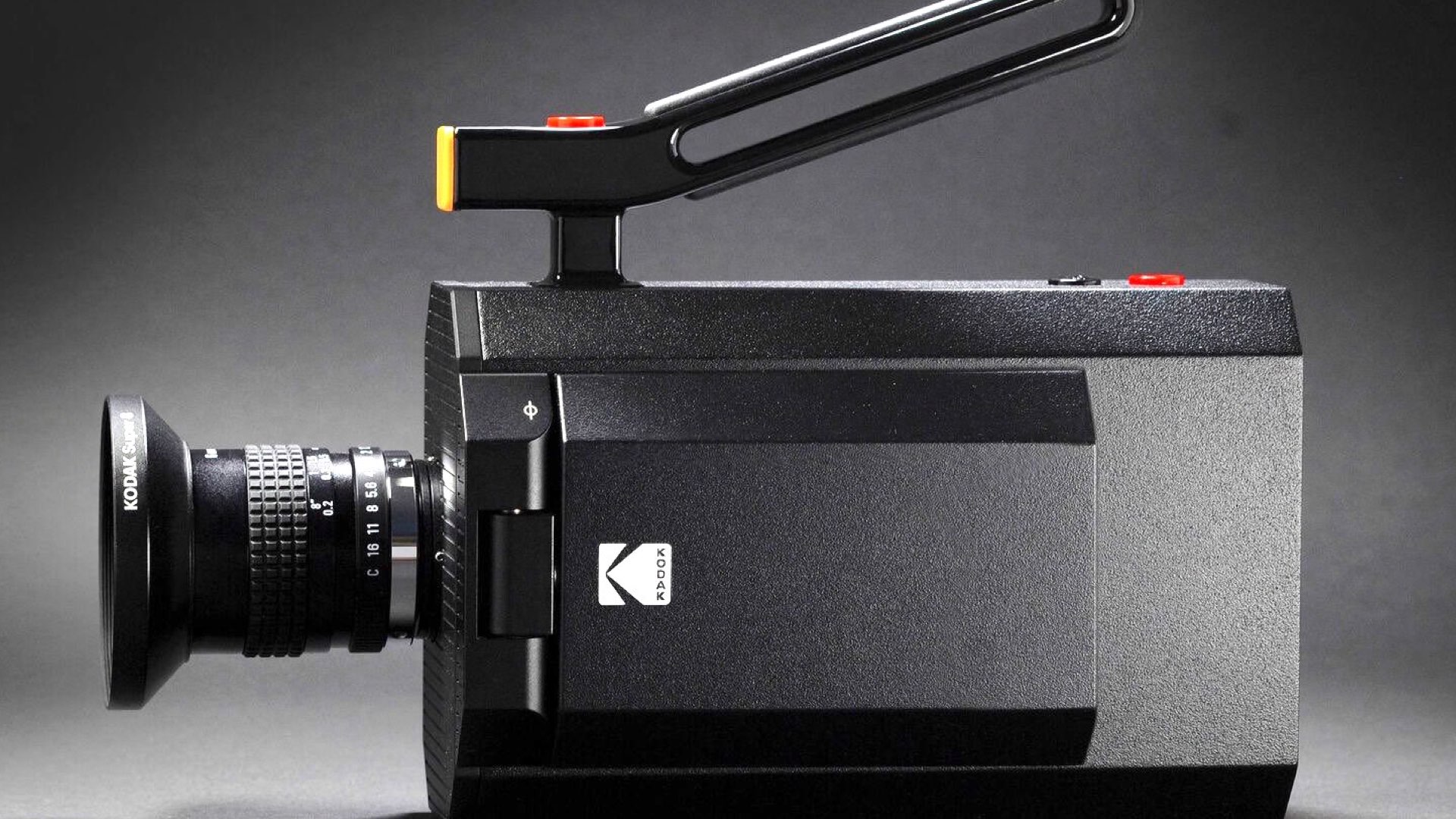
Kodak Super 8 Camera: Ready to shoot 8mm film
While the Kodak Super 8 Camera is a newly developed product, the design references the look and feel of traditional Super 8 systems. It has been optimized for current times and has more intuitive functionality. For ergonomics, the camera features a top handle with an integrated run button to activate shooting. A detachable pistol grip with a run button is also included for a classic eye-level shooting experience. Powering the camera is a removable Li-ion battery pack that’ll keep the camera running for approximately 10 film cartridges, totaling about 36,000 frames. The battery can be charged by plugging the camera into the included USB power adapter and using a micro-USB cable. It’ll fully charge the pack in about 3.5 hours.
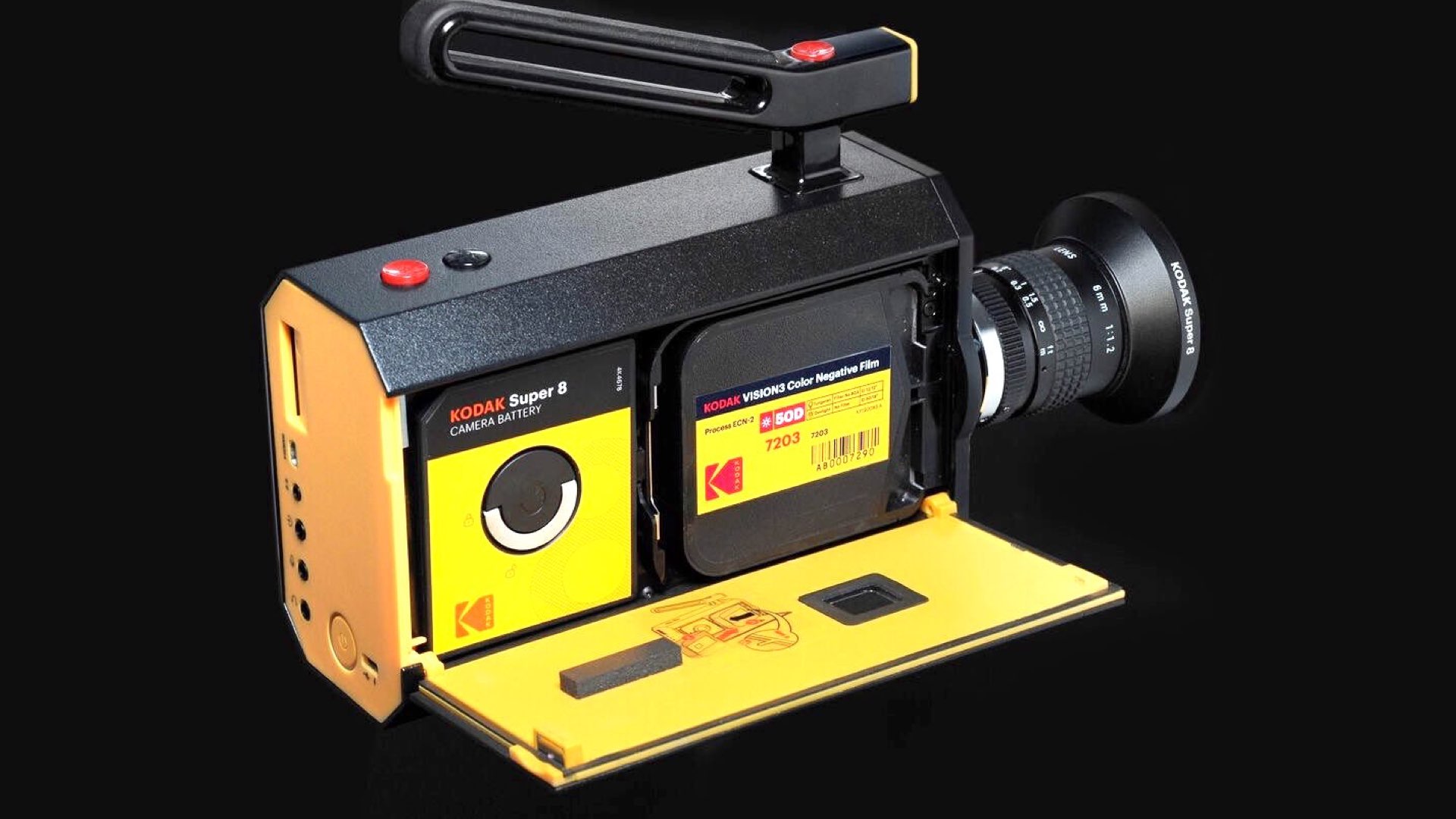
Using Kodak’s legendary film stocks
The Kodak Super 8 camera uses what Kodak calls Extended Gate Super 8 format to capture an area approximately 11% larger than traditional Super 8 film. Measuring 4.2 x 6.3 mm, it provides a slightly taller 1:1.5 aspect ratio that is more flexible when intercutting with other formats. Filmmakers will be able to use a wide range of lenses thanks to the use of the standard C mount on the Super 8 Camera. It comes with a 6mm f/1.2 lens that will provide a 35mm equivalent eld of view of ~35mm. This can be easily swapped out with other standard C- mount lenses. Users can use adapters to work with a range of other lenses though when using these lenses you should consider the format’s crop factor of approximately 5.7x. Everything is new about the Super 8 Camera except for the film. This camera will take Kodak’s standard Super 8 film cartridges with legendary stocks that include VISION3 50D / 7203, VISION3 200T / 7213, VISION3 500T / 7219, TRI-X 7266, and EKTACHROME 100D. Here are some footage:

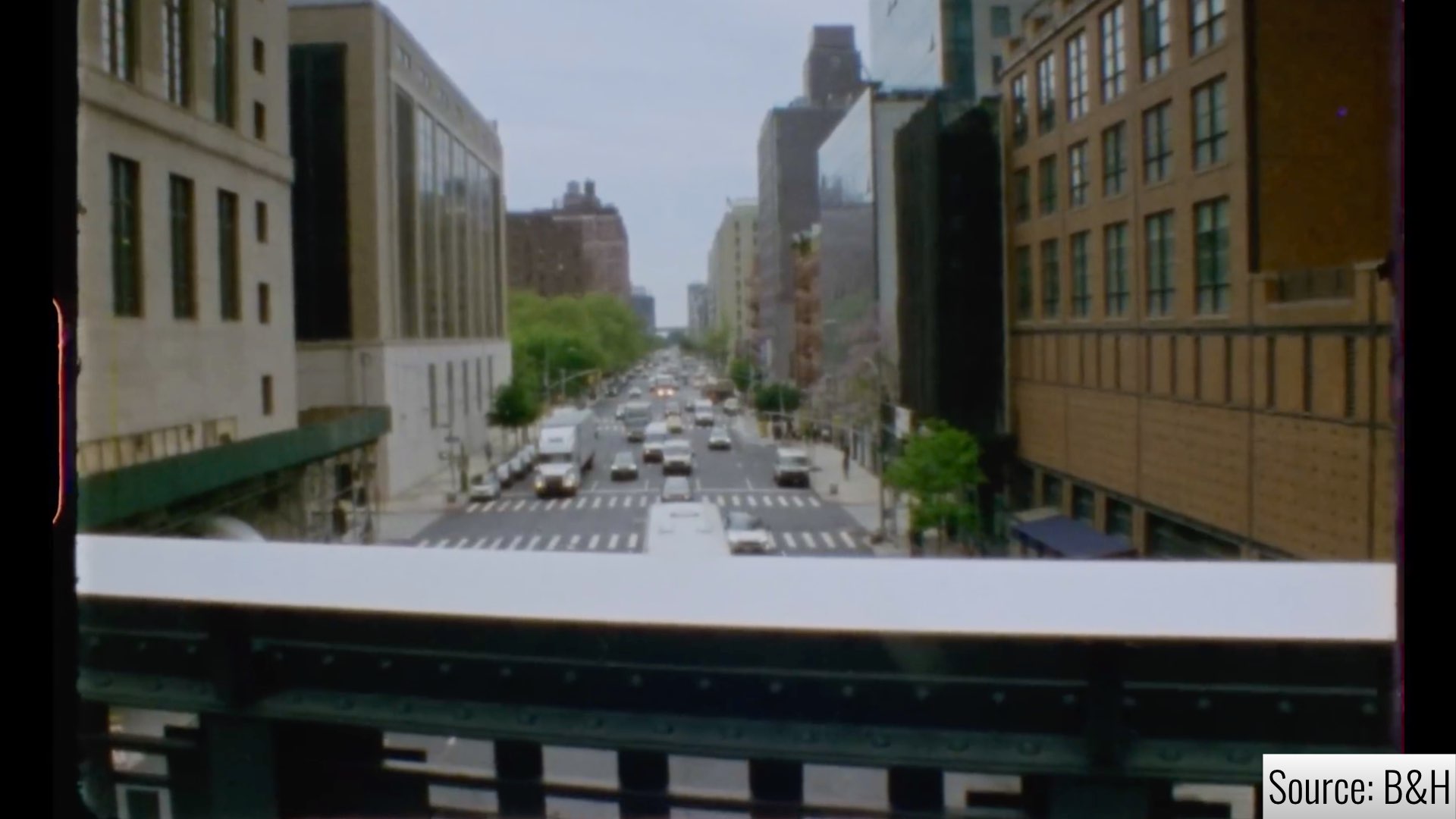
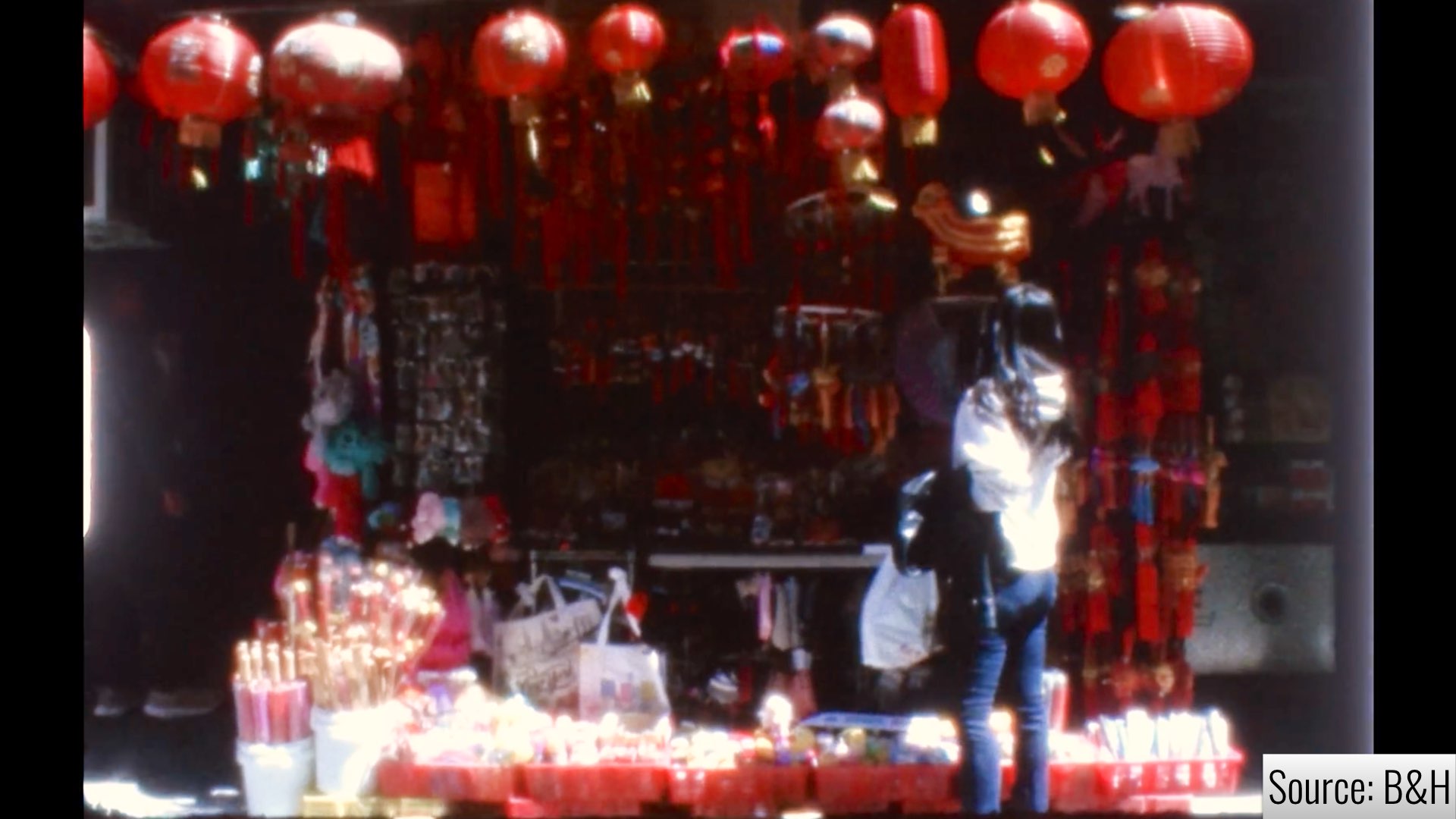
Very expensive but with a reason
Kodak has been developing the Super 8mm camera for eight years. This camera was developed from scratch, and for now, it has no competition. That means, this is the only product that can shoot Super 8mm like a modern digital camera. The camera allows you to shoot real Super 8mm straight from the box. It’s a combination of film and digital. As mentioned, the price of the camera is $5,500 which is a lot. However, it’s marked a #1 Seller on the B&H website. Talking about B&H, they made a video about it which includes some sample footage. Check it out:
The future looks bright
This camera is not for everyone. It will have a very specific market. The dynamic range is low, and the footage looks…well…very old Super 8mm. B&H mentions that this camera can be useful for wedding videographers to shoot certain sequences. However, we don’t think they would pay $5,500 for it. If you want your shoot will look like Super 8mm, you can achieve this in post by applying a specific filter. Nevertheless, we can see how the Kodak Super 8mm camera is being utilized by high-end productions and even Hollywood productions. As we have seen numerous times old film cameras like Super 8mm are being used to shoot certain scenes, and now Kodak offers the best solution for the Super 8mm look. Moreover, the Super 8mm film stock would look very appealing on the big screen. Hence, for those who claim this camera is too expensive, we claim it would sell pretty well. Who knows, we might see the Kodak Super 8 in one of our future Oscars charts.
Product List
Here are the products mentioned in the article, and the links to purchase them from authorized dealers.
- Kodak Super 8 Camera (Black)

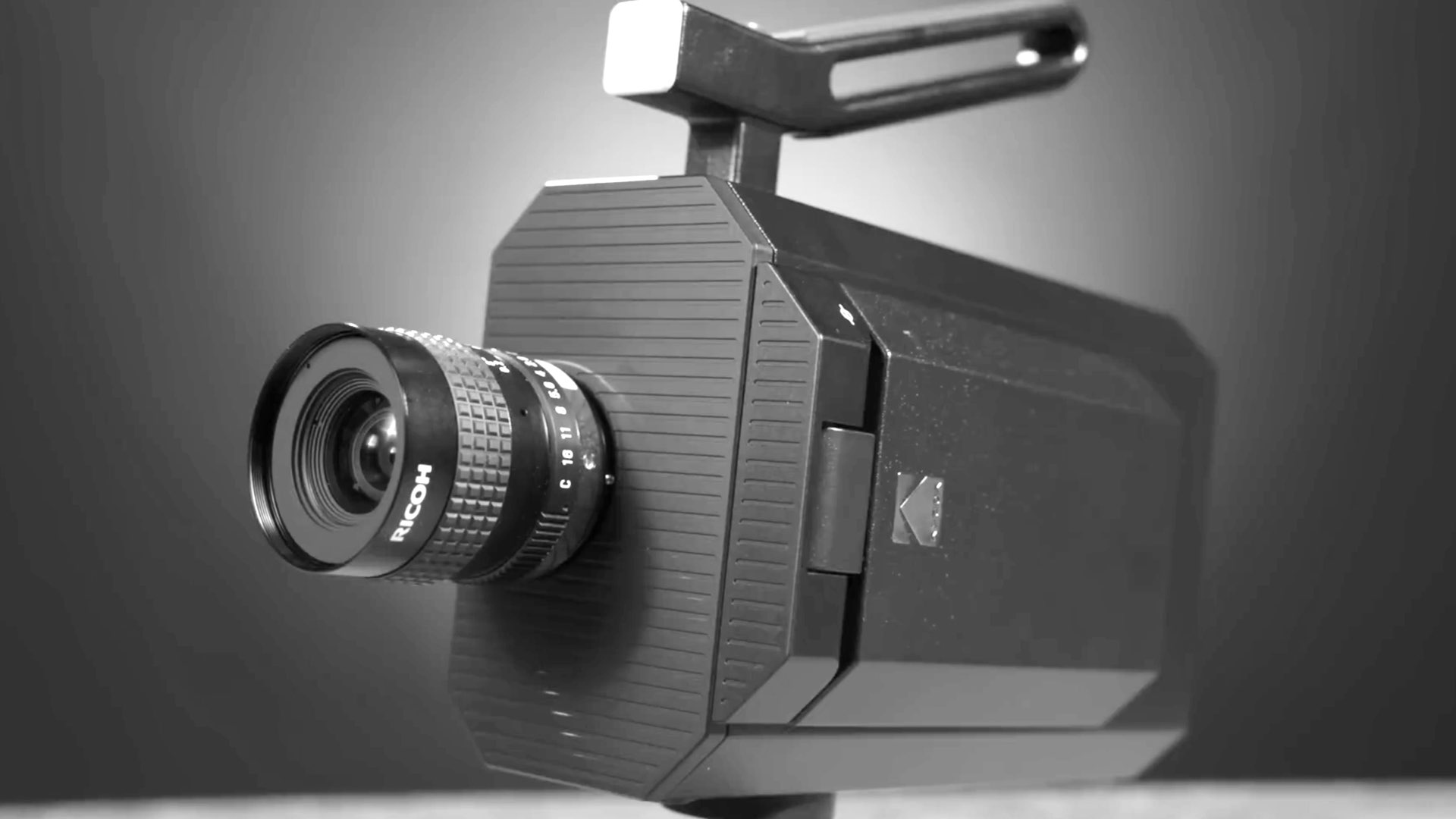
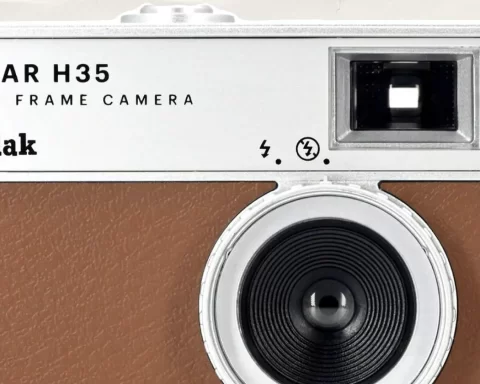
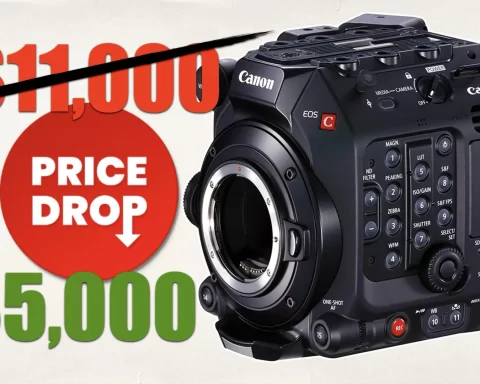
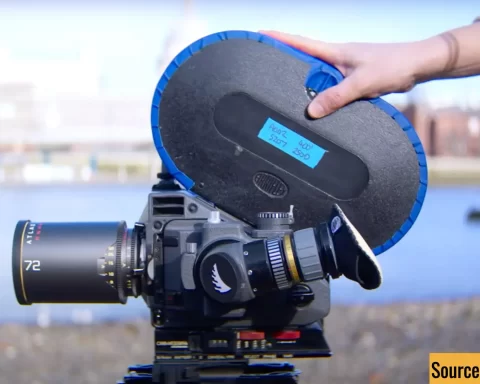
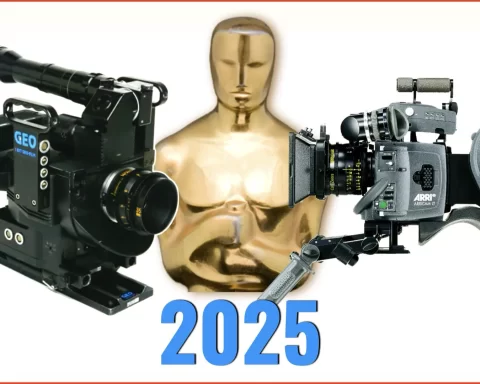
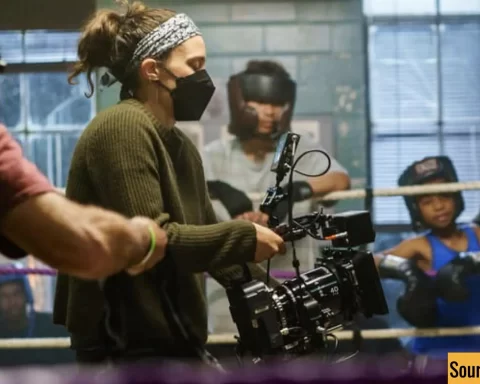
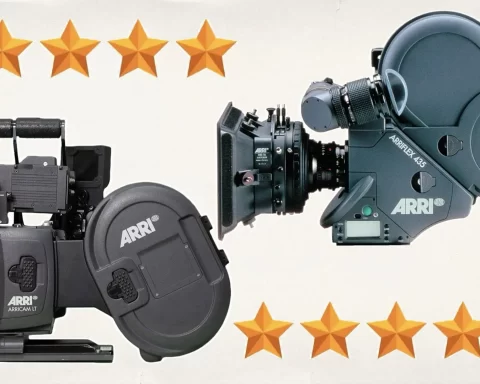

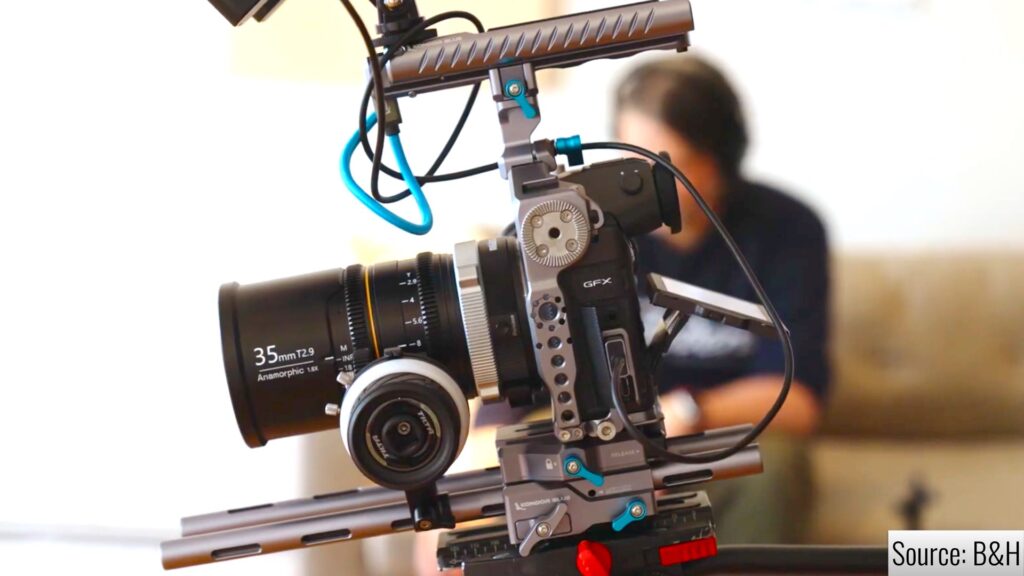
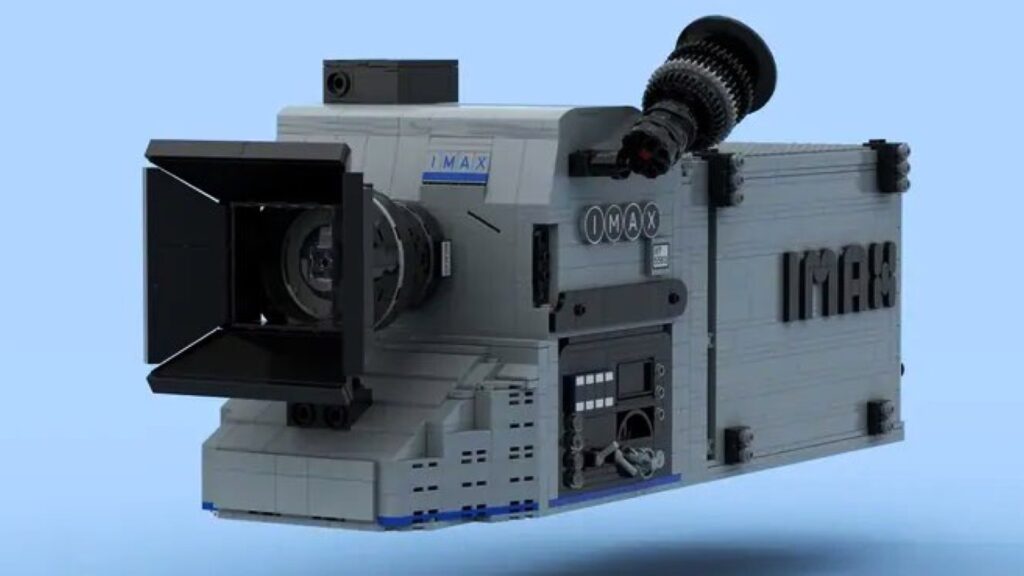
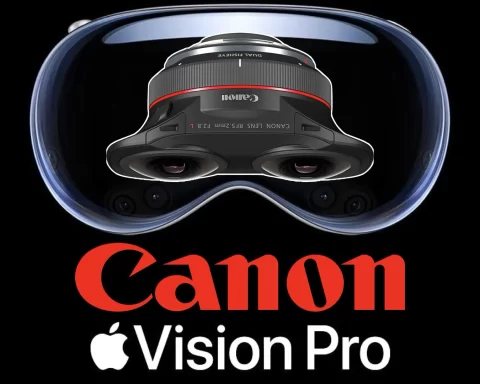
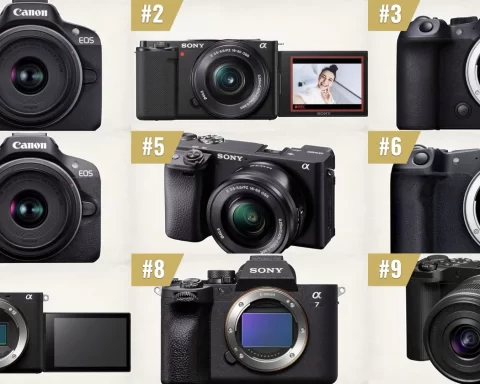



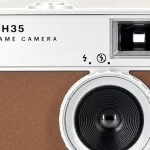
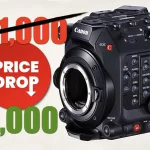
Lets face it, the footage looks bad. Not just old.
I dont see the point in this Camera.
As you state, you can do a better job in post, and you dont need a toy camera like this to achieve it.
If it was a mini Bolex 16, or a miniature Arriflex 16, with that excellent quality footage then yes!.
I alerted Kodak that the Infinity Photo-Optical Lenses could do things with this camera that literally justify its being. In C-mount projection all the special effects can be realized with the reduction in format size increasing light throughput incredibly. It would do things that could NOT be replicated in post. I go into more detail on Yossy’s Linkedin post. http://www.ts-160system.com
I’m a Super 8 aficionado. I have many Super 8 movie cameras. (Including the best ones ever made). This Kodak camera sounds brilliant but the price is going to put it out of the hands of nearly everyone. Had the cost been $1500, I would have bought one but at $5,500, even though I can easily afford it, I think the price is a middle finger to the average up and coming 8mm film maker. As such, I don’t want to be parading around the streets with a glaring testament to wealth and profligacy. Kodak are to be deprecated for what seems a silly, silly marketing move. As soon as the majority of rich people have bought their Kodak Super 8s, no more will be sold.
“…I think the price is a middle finger to the average up and coming 8mm film maker.”
Agreed. Kodak is out of control. Even in the still film realm, they’re doing everything they can to make it completely unaffordable for the average Joe. In my opinion, it’s certain film manufacturers who are killing film, Kodak being at the top of the list. How’s that for ironic?
We are looking to film a feature about film school students in the 1970’s using Kodak’s Super8 camera. It is limited regarding what even a cell phone today can achieve. And from an aesthetic point of view, that is exactly what film students in the 70’s faced: being creative beyond the limitations of the camera and your pocketbook. Will update the story on my website: observatory-media.com
I’ve worked with this camera, it’s not very good. The video eyepiece optics are dim and the build quality could be much better. Pass on this camera and shoot 16mm.